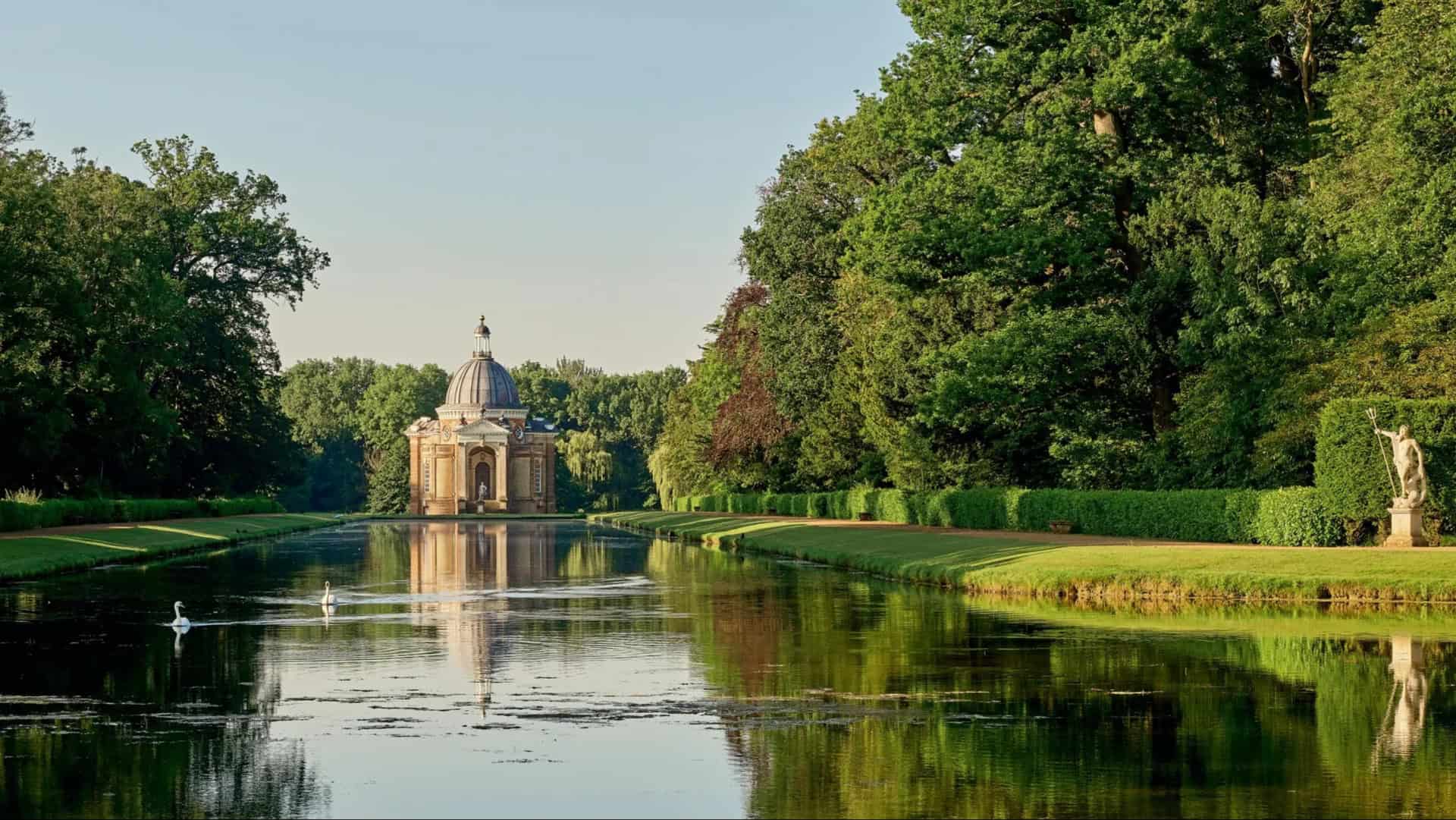The Archer Pavilion at Wrest Park is a masterpiece of English Baroque architecture, reflecting a unique blend of aesthetic grandeur and historical intrigue.
Celebrated for its intricate design and historical significance, this pavilion stands as a testament to the architectural prowess of Thomas Archer.
Its enduring charm and rich history attract visitors who seek to explore its captivating story.
The pavilion’s distinct Baroque features combined with its picturesque surroundings create an unforgettable experience.
1. Architectural Masterpiece

The Archer Pavilion is an architectural wonder, showcasing the brilliance of Baroque design.
With its circular chamber nestled within a hexagonal layout, the pavilion offers a play of geometry and space that captivates visitors.
The use of banded-brick rustication and distinctive brick banding is a nod to English craftsmanship.
Visitors are drawn to its elegant symmetry and the mesmerizing interplay of light and shadow.
This pavilion stands as a testament to Thomas Archer’s architectural genius, embodying both grandiosity and sophistication.
2. Historical Significance
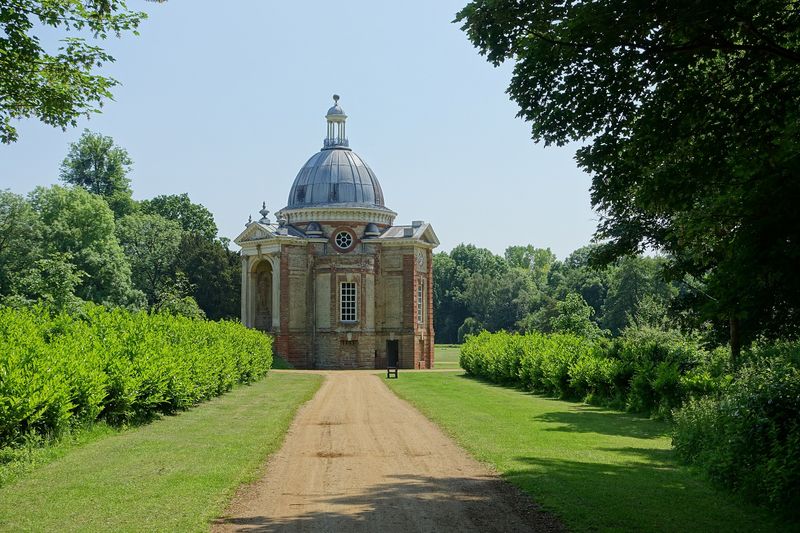
The pavilion is deeply rooted in the history of Wrest Park, serving as a focal point in the garden’s original design.
It was commissioned by Henry Grey, the 1st Duke of Kent, and designed by Thomas Archer, illustrating the collaboration between the patron and architect.
Historical maps and drawings reveal the pavilion’s centrality in the estate’s layout, surrounded by a network of avenues and paths.
The pavilion’s design reflects the tastes and aspirations of early 18th-century English nobility, making it a jewel in the crown of English heritage.
3. Influence of Thomas Archer
Thomas Archer, a prominent figure in British Baroque architecture, left an indelible mark with the design of the Archer Pavilion.
His understanding of Roman Baroque principles, evident in the pavilion’s layout, speaks to his travels and studies abroad.
Archer’s role as Groom Porter at Court granted him connections that facilitated prestigious commissions.
His work at Wrest Park highlights his ability to harmonize architectural elegance with the landscape.
Archer’s pavilion is celebrated as a masterpiece that cements his legacy alongside other great architects of his era.
4. Gardens and Surroundings
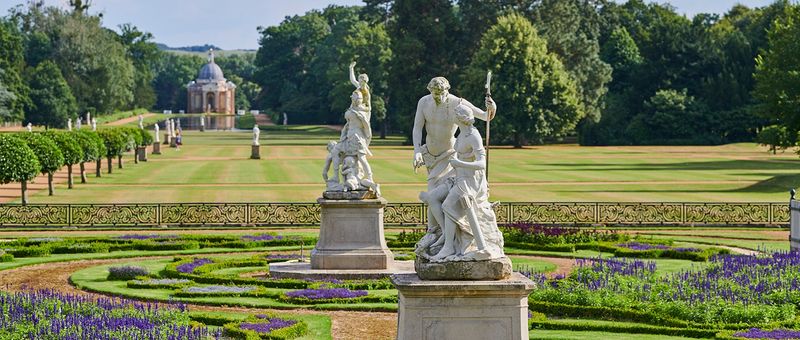
The gardens surrounding the Archer Pavilion were meticulously designed to complement its architectural splendor.
Clipped topiary, statuary, and neatly edged pathways create a tranquil setting that enhances the pavilion’s beauty.
The pavilion served as a banqueting house amidst this lush landscape, offering breathtaking views.
Historical records capture the gardens’ original character, echoing the elegance of a bygone era.
Visitors today can still experience the serene ambiance and visual delights that once enchanted the Duke of Kent and his guests.
5. A Venue for Social Gatherings
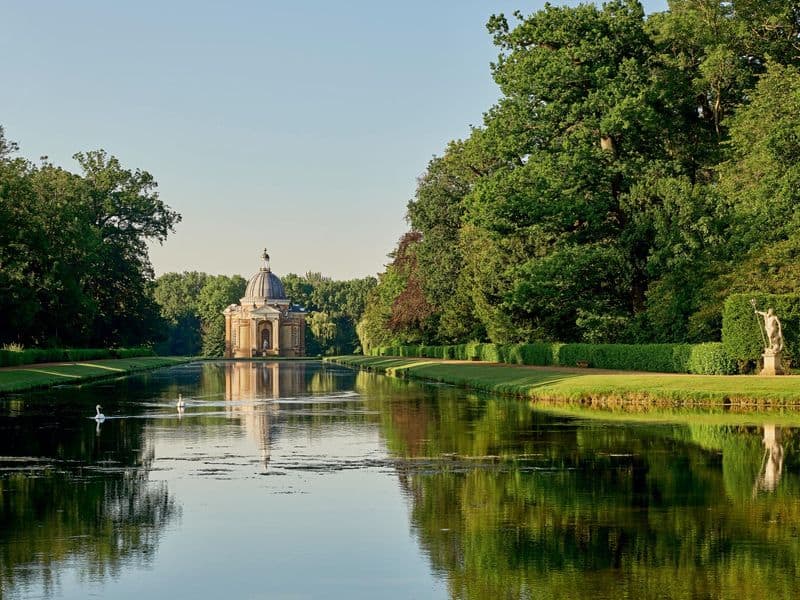
The Archer Pavilion was more than just a visual delight; it was a social hub for the elite.
Serving as a banqueting house, it hosted gatherings that featured lively conversations and entertainment.
The pavilion’s interior, adorned with trompe l’oeil artwork, added to the mesmerizing experience for guests.
These social events were opportunities to forge connections and enjoy the pleasures of aristocratic life.
The pavilion’s role as a venue for gatherings contributed to its reputation as a centerpiece of culture and elegance in the 18th century.
6. Remarkable Interior Design
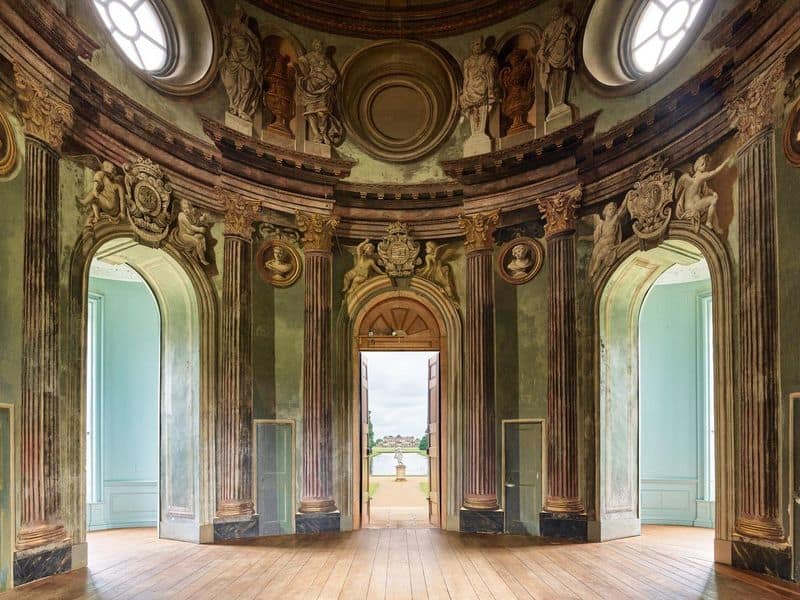
The interior of the Archer Pavilion is a testament to Baroque opulence, with its double-height, domed saloon at the heart.
Trompe l’oeil painting adorns the walls, creating an illusion of grandeur and depth. Mark Anthony Hauderoy, a Huguenot artist, was responsible for the bold decorative scheme.
Visitors are enchanted by the intricate details and artistic mastery that bring the pavilion’s interior to life.
This remarkable design transforms the space into a visual spectacle, reflecting the luxurious tastes of its era.
7. Lost Architectural Treasures
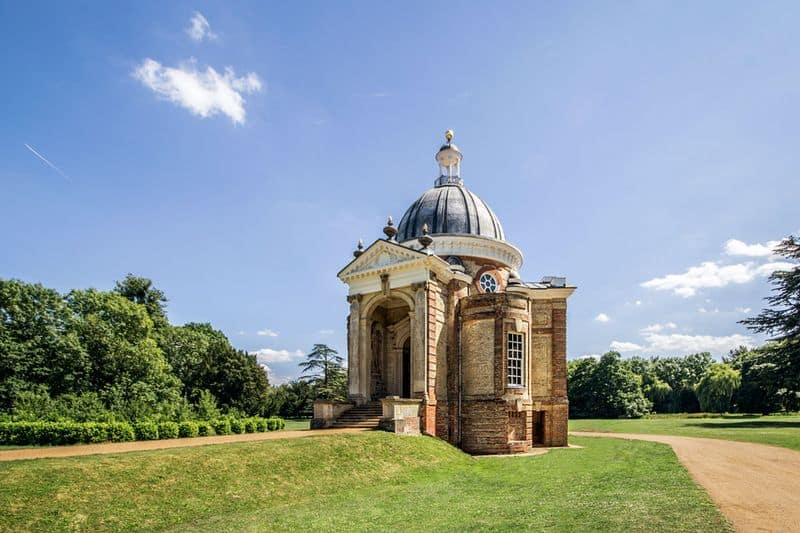
The Archer Pavilion was once part of a broader architectural vision that included other structures like Hill House.
This summerhouse, designed by Archer, was a striking building with a Greek cross formation.
Although demolished in 1830, its presence was immortalized in illustrations and estate maps. Hill House offered panoramic views and was a testament to Archer’s architectural prowess.
Its loss is a reminder of the ephemeral nature of architectural heritage, yet it continues to inspire through historical records.
8. Duke of Kent’s Patronage
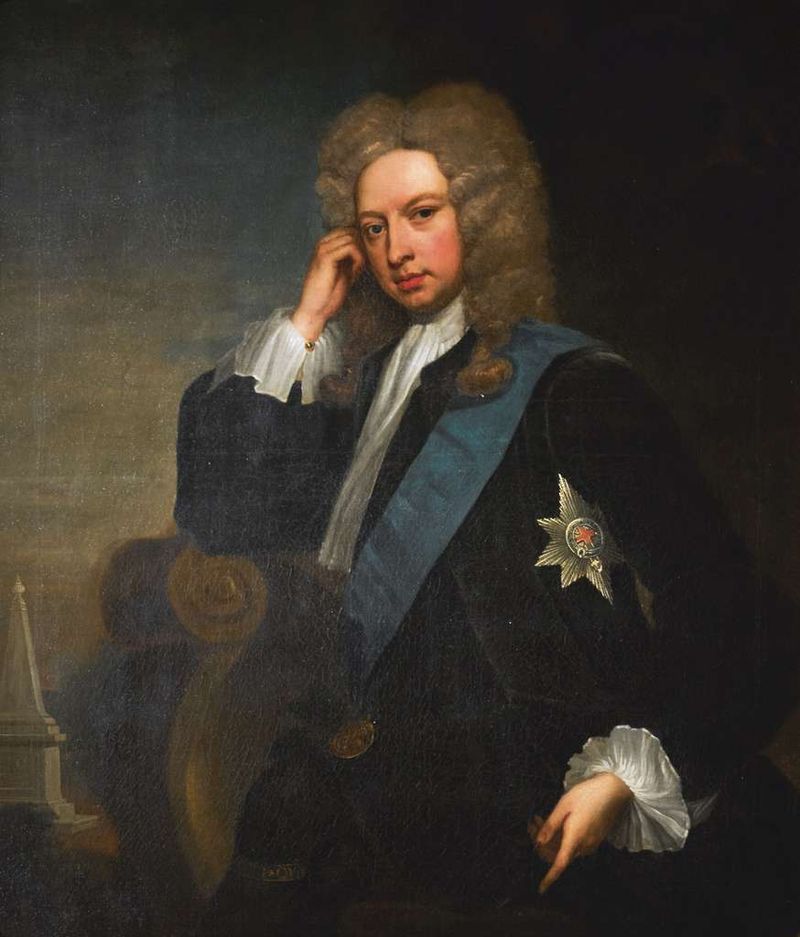
Henry Grey, the 1st Duke of Kent, was instrumental in the creation of the Archer Pavilion.
His passion for architecture and gardening, coupled with his influential status, enabled the realization of this grand project.
Known for his eccentric cleanliness, Grey’s patronage extended beyond mere financial support.
His collaboration with Archer resulted in a masterpiece that combined architectural innovation with garden design.
The pavilion reflects Grey’s vision and his desire to leave a lasting legacy at Wrest Park.
9. Ties to Roman Baroque
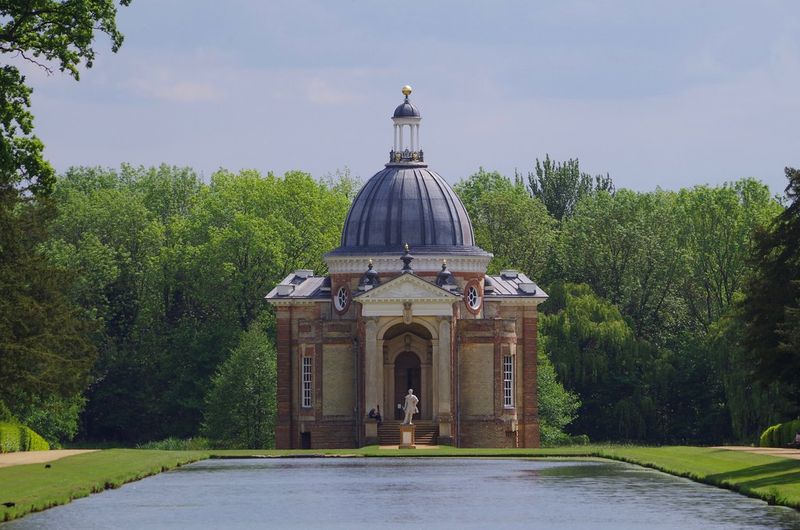
The Archer Pavilion’s design draws inspiration from Roman Baroque principles, showcasing Archer’s mastery of geometry and spatial dynamics.
The layout, featuring alternating apsidal and rectangular projections, reflects influences from Michelangelo’s and Borromini’s works.
Archer’s travels to Italy enriched his architectural vocabulary, enabling him to blend these elements seamlessly into the pavilion’s design.
This fusion of English and Roman Baroque styles results in a unique architectural gem, admired by enthusiasts and scholars alike.
It stands as a testament to the cross-cultural influences that shaped English architecture.
10. Cultural Legacy and Preservation

The enduring charm of the Archer Pavilion lies in its cultural legacy and ongoing preservation efforts.
Managed by English Heritage, the pavilion welcomes visitors who seek to explore its historical significance and architectural brilliance.
Preservation efforts ensure that future generations can appreciate this jewel of English Baroque heritage.
The pavilion’s story continues to unfold, captivating the imagination of all who visit.
Its place in architectural history is secure, thanks to the dedication of those committed to conserving its beauty and legacy.

